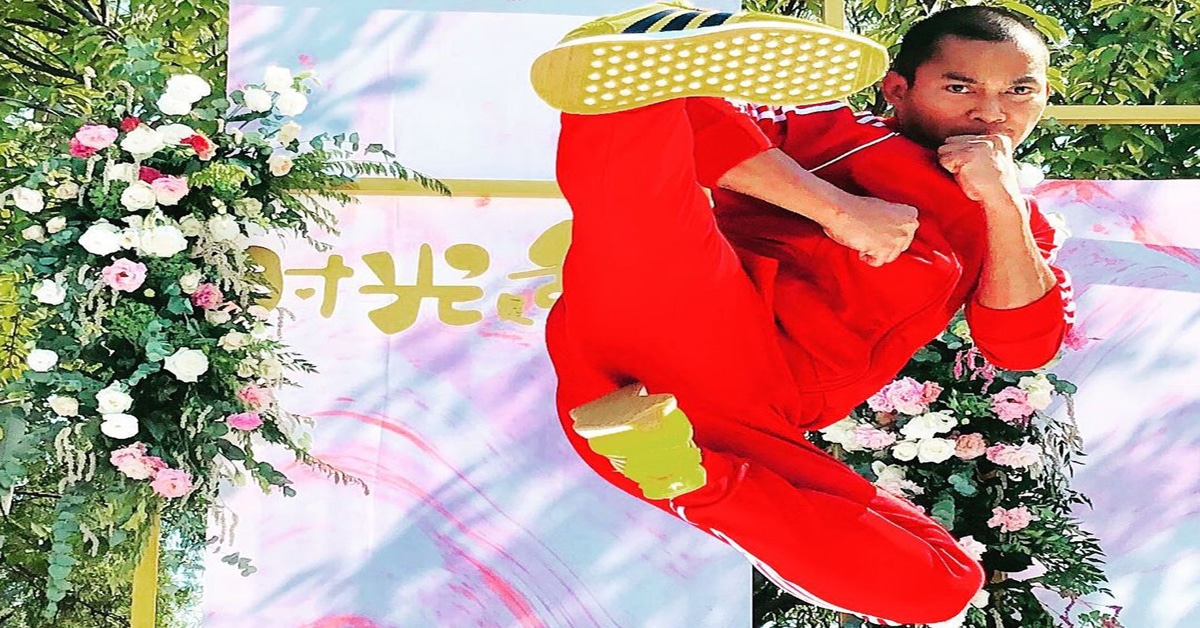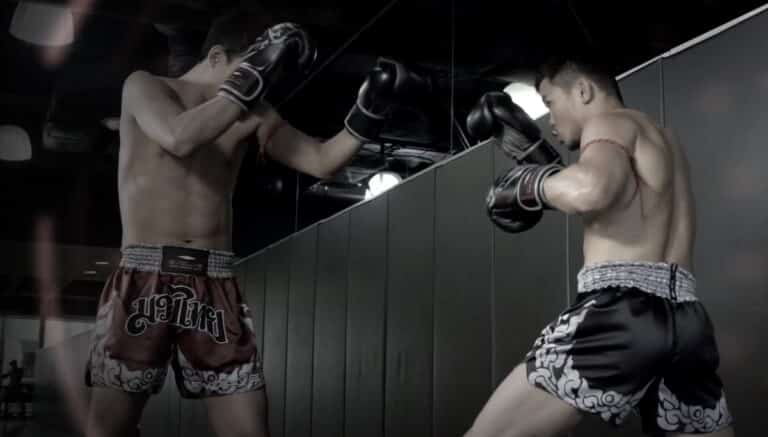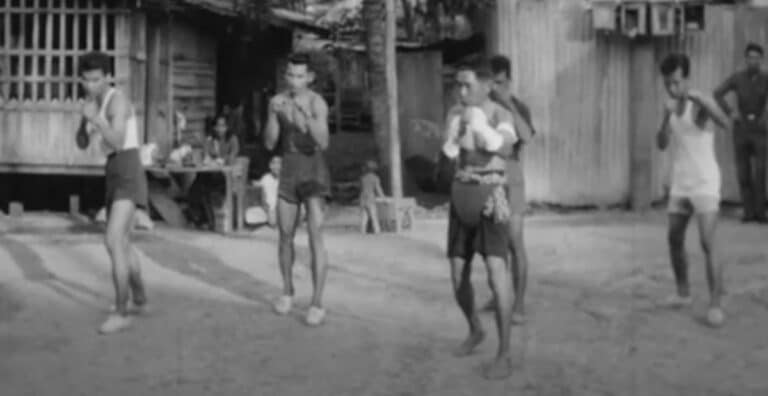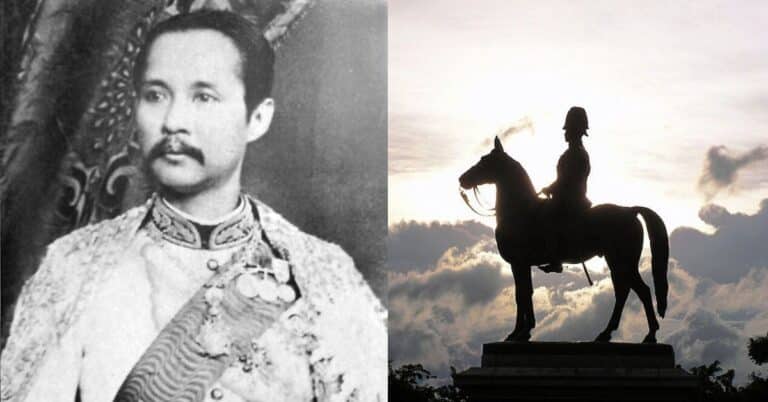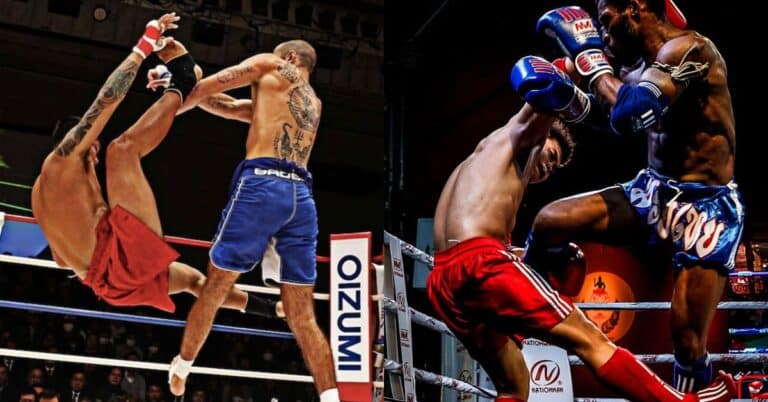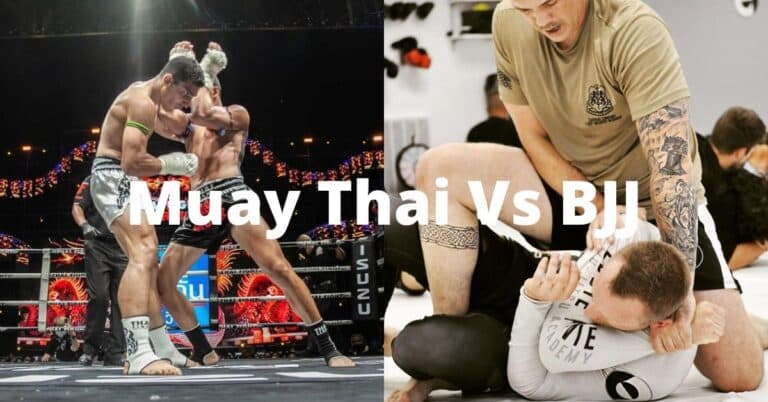Tony Jaa: Unforgettable Muay Thai and Elephants of Ong Bak
Motivated to bring the beauty of Muay Thai to international audiences, Tony Jaa found his calling. The Thai-born performer loved the art of eight limbs and had a passion for it throughout his entire life. He was born in the Surin area, best known for its elephants and being the birthplace of Muay Thai icon Buakaw Banchamek. Muay Thai, Muay Boran, Thai Culture, and elephants are all elements that come across strongly in any movie he is in, and this is by design.
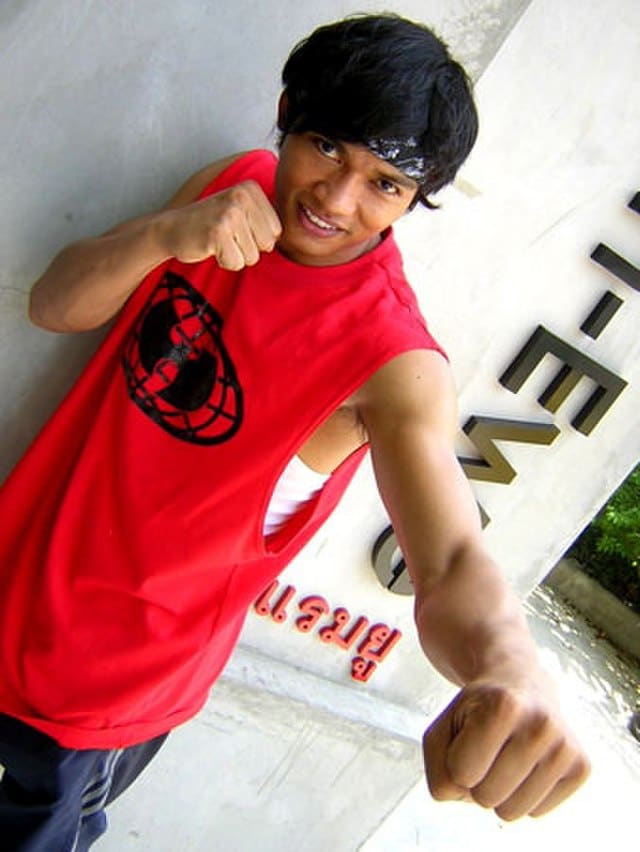
Tony Jaa Movies
The actor Tony Jaa is best known for his martial arts movies Ong-Bak: Muay Thai Warrior and Tom-Yum-Goong, both directed by Thailand’s Prachaya Pinkaew. He was also featured in the Fast and Furious, Ip Man, and Expendables franchises. He starred in several other films including Ong Bak 2: The Beginning, Ong Bak 3, and Tom Yum Goong 2. Tom Yum Goong was the Thai name for the movie, international audiences will likely know the flick under the names Warrior King or The Protector.
The 2003 film Ong-Bak helped popularize Muay Thai to Western audiences. Both Prachya Pinkaew and Jaa were extremely satisfied with the success in helping to shine a light on a core piece of Thai culture.
Speaking in an interview, he explained:
“I like Muay Thai and various martial arts. I take these interests and integrate them into a movie. I want to present Thai traditions, customs, and perspectives in a way that people can relate to and understand. It’s about conveying emotions and feelings through the medium of film.”
Wanting to show Thai culture to the world, he added:
“We want this film to be released abroad and let people know that it’s a film from Thailand. This is the essence of Thainess, of Thai people. Our Thai team is very determined.”
Elephants
In many online spaces, English-speaking viewers will sometimes struggle to remember the name Ong Bak and thus it has informally been dubbed “Tony Jaa elephant movie.” The use of elephants and Muay Thai are a key aspect of Jaa’s life being from the Surin area and descending from the Kuy people. Historically, the Kuy people have been renowned as expert elephant handlers, a skill passed down through generations. One cannot separate Muay Thai or elephants from the life of Jaa or his movies.
Elephants hold significant cultural importance in Thailand. These animals are revered as national symbols and are associated with strength, wisdom, and royalty. Elephants have played vital roles in Thai history as they were used in battles. This is why Jaa features these animals so heavily in his films.
In an interview, Jaa explained:
“Elephants are like gods, not animals. They are friends. They are allies of the world that have given us the land or Thailand until today. If it’s a movie that I play in, there must be elephants, more or less, because they are our symbol. They are our friends. They are our angels. They are our sacred things. They are our partners, our country, our land. We have to thank them a lot and repay their kindness.”
Note that in the below scene, the actors are wearing the traditional Muay Thai clothing of Mongkon’s and Pra Jiad’s.
Tony Jaa and Muay Thai
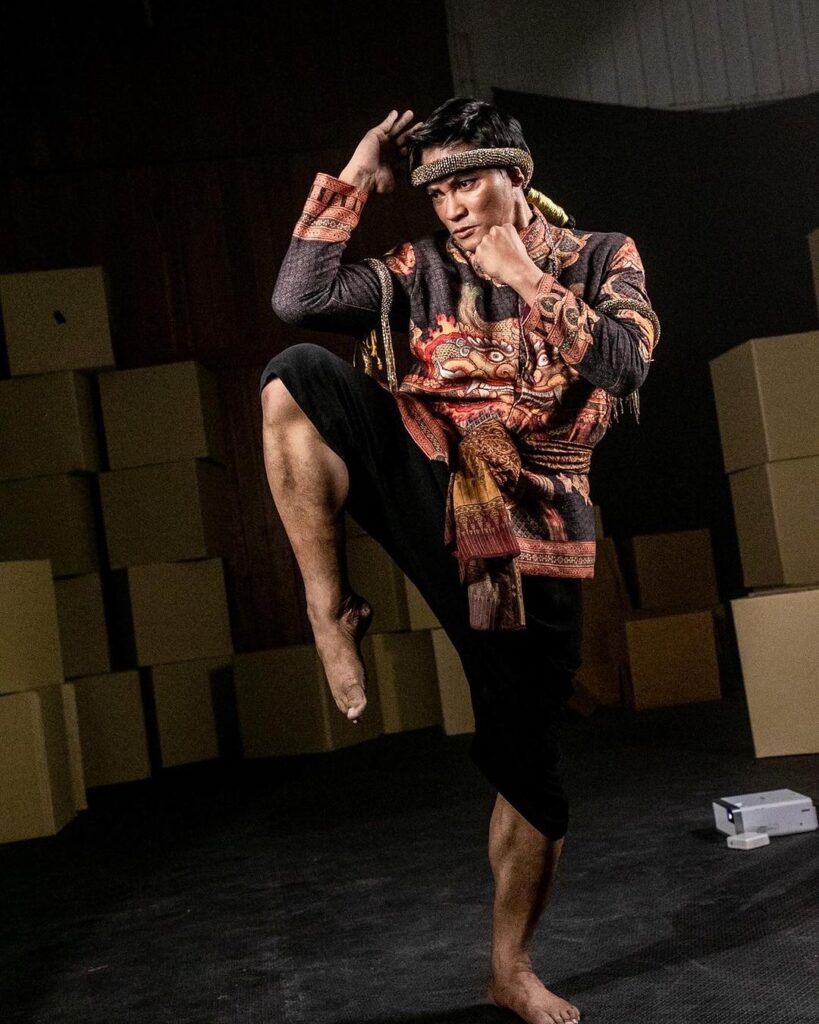
Like so many others, Tony Jaa was inspired by martial arts film stars Bruce Lee, Jet Li, and Jackie Chan. The Thai-born actor began practising Muay Thai at just the age of ten years old, his father helped as his dad was a Nak Muay. Eventually, he begged his father to take him to a movie set where Panna Rittikrai was filming. While he was too young to act, he got odd jobs on the movie set. He worked in catering supplying food and water to the cast. And over time he would work in set design and stunt work. He was even a stuntman in the Mortal Kombat movies. He was able to work closely with the director and a stunt people, showing off his sharp martial arts skills. Those skills are what was able to land him his breakout role in Ong Bak.
The Tony Jaa Muay Thai techniques he uses are reflective of Muay Boran. Muay Boran is the precursor form of Muay Thai. Before the sport was unified with universal rules one hundred years ago, the sport was called Muay Boran. Boran had several different forms and styles with different rules.
On Twitter, Jaa explained his martial arts style, he said:
“Muay Thai and Muay Boran will always be my primary discipline.”
In an interview, he added:
“I like art, fighting, I like Muay Thai, I like art that comes from the soul, and then we look at how we will present it in the form of a movie. A movie can communicate to people to receive a lot of feelings, eyes, ears, noses, and everything that they receive.”
Throughout his films, he mixes different styles of Muay Thai, including Muay Boran. He also has experience in Taekwondo, Kung Fu, Judo, and other martial arts to help his technique. He also created Elephant Boxing or Muay Kotchasaan. Jaa and his mentor Panna Rittikrai created a unique martial art style called Muay Kotchasaan specifically for Jaa’s character, Kham. This style is a variation of Muay Thai that includes grappling techniques and joint manipulations. On developing the martial art he explained, “jumping off the elephant’s trunk, the elephant’s back, we use the elephant’s stance in fighting. These things are close to us, they’re already with me. For example, when we bathe an elephant, we jump back and forth, it’s a fighting stance on the elephant’s back. It’s a way of thinking and combining.”
Tony Jaa explained mixing Muay Boran, Muay Thai, and Elephant boxing throughout his movies. He said:
“In Ong Bak 1, we used ancient Muay Thai. In Tom Yum Goong, it was elephant boxing. Ong Bak 2 combined various martial arts. For Ong Bak 3, the challenge was to do more homework on what represented Thainess.”
In the final fight scene of Ong Bak, the audience can see him combining all of the elements of Muay Thai. He uses punches, kicks, leg kicks, teep kicks, checks a kick, grabs the leg and counters, plus he clinches and attacks with elbows and knees. Thus, combining all of the elements of the art of eight limbs. Notice the lack of CGI, instead, they utilize practical, unenhanced stunts using traditional Muay Thai.
What Happened to Tony Jaa?
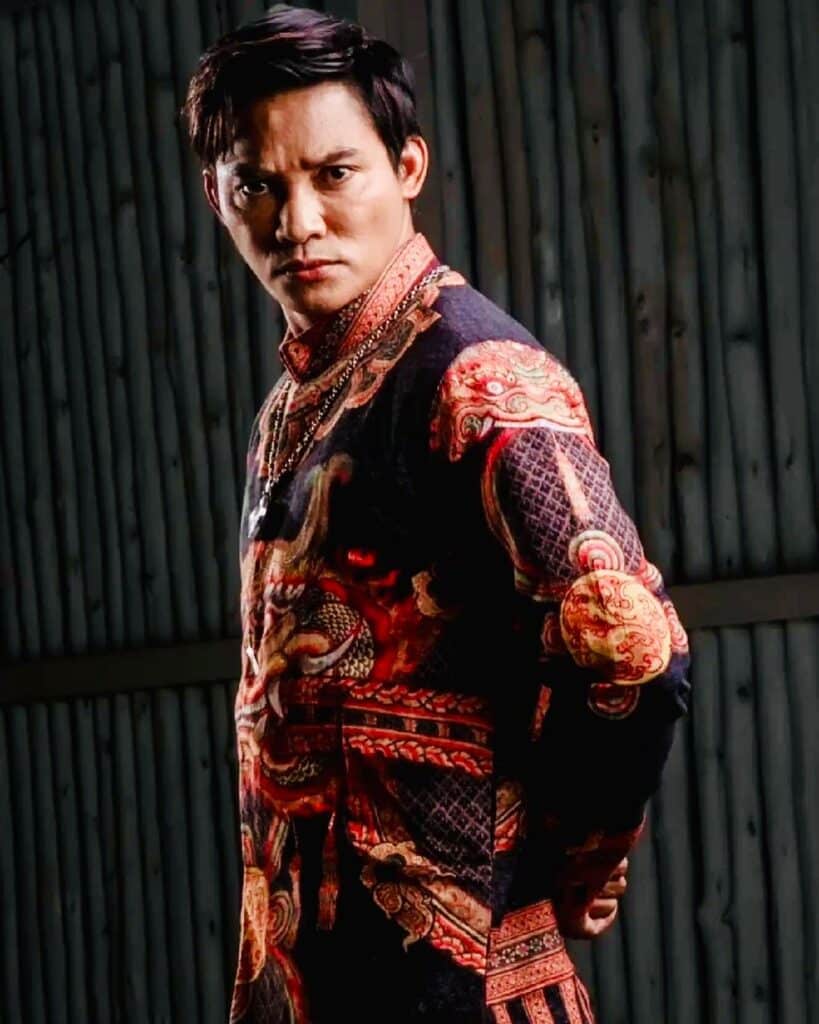
Back in 2010, Tony Jaa took a step back from filmmaking and acting to become a Buddhist Monk. It is very normal for Thai boys to spend some time in their lives as Buddhist monks. Muay Thai stars Buakaw, John Wayne Parr, Rodtang, Tawanchai, and others have all participated in this tradition. But there was a little more to this story.
His departure came after a series of tumultuous events following his insistence on directing Ong Bak 2. This led to a fallout with director Prachya Pinkaew and significant production issues, including delays and budget overruns. During the crisis, Jaa disappeared for two months, allegedly due to stress, and later made public demands to be released from his contract with Sahamongkol, the film distribution company.
Jaa appeared on television, clearly emotional, and promised to complete the film. He then issued demands to the production house Sahamongkol which included a request to be released from his exclusive contract. This situation escalated when Jaa was taken away by Sahamongkol’s security team, sparking rumors of kidnapping. Though Jaa later denied being kidnapped, he did seek refuge in a police station. The issues were ultimately dropped after intense negotiations.
However, after this period, Jaa took a noticeable step backwards from filmmaking. He is no longer in the leading roles that he once was. The Thai-born actor is still a little active in movies, often showing up in brief moments in various films. But the days of intense Muay Thai-focused films starring Jaa are long gone, unfortunately.
Basics
Here are some basic facts about Tony Jaa.
- Tony Jaa net worth: $10 Million
- Tony Jaa’s Wife: In 2011 he married Piyarat Chotiwat
- Tony Jaa Height: 5 ft 6 in – 168.3 cm
- Tony Jaa Age: 48 years old (Born 1976)
- Tony Jaa’s real name: Tatchakorn Yeerum (ทัชชกร ยีรัมย์)
There’s a compelling argument that Tony Jaa played a significant role in resurrecting the martial arts film industry and is considered one of the last great martial arts actors. Bruce Lee and Jackie Chan were the centre of this popular genre of film, which slowly fell away. But by the time Ong Bak came out, in the early 2000s, martial arts movies were considered an unpopular form of cinema. But Jaa brought global attention back to martial arts cinema with its raw, realistic fight choreography. His films did not use special effects but instead focused on real combat. After Jaa left the industry, martial arts movies lost their lustre once again. Superheroes and revived franchises, with extended universes, became the norm of the modern era of films. Despite stepping back from the industry, Jaa’s influence persists, having brought Thai martial arts to international prominence. He left a lasting impact on martial arts cinema, arguably making him one of the last greats in this specific niche.

